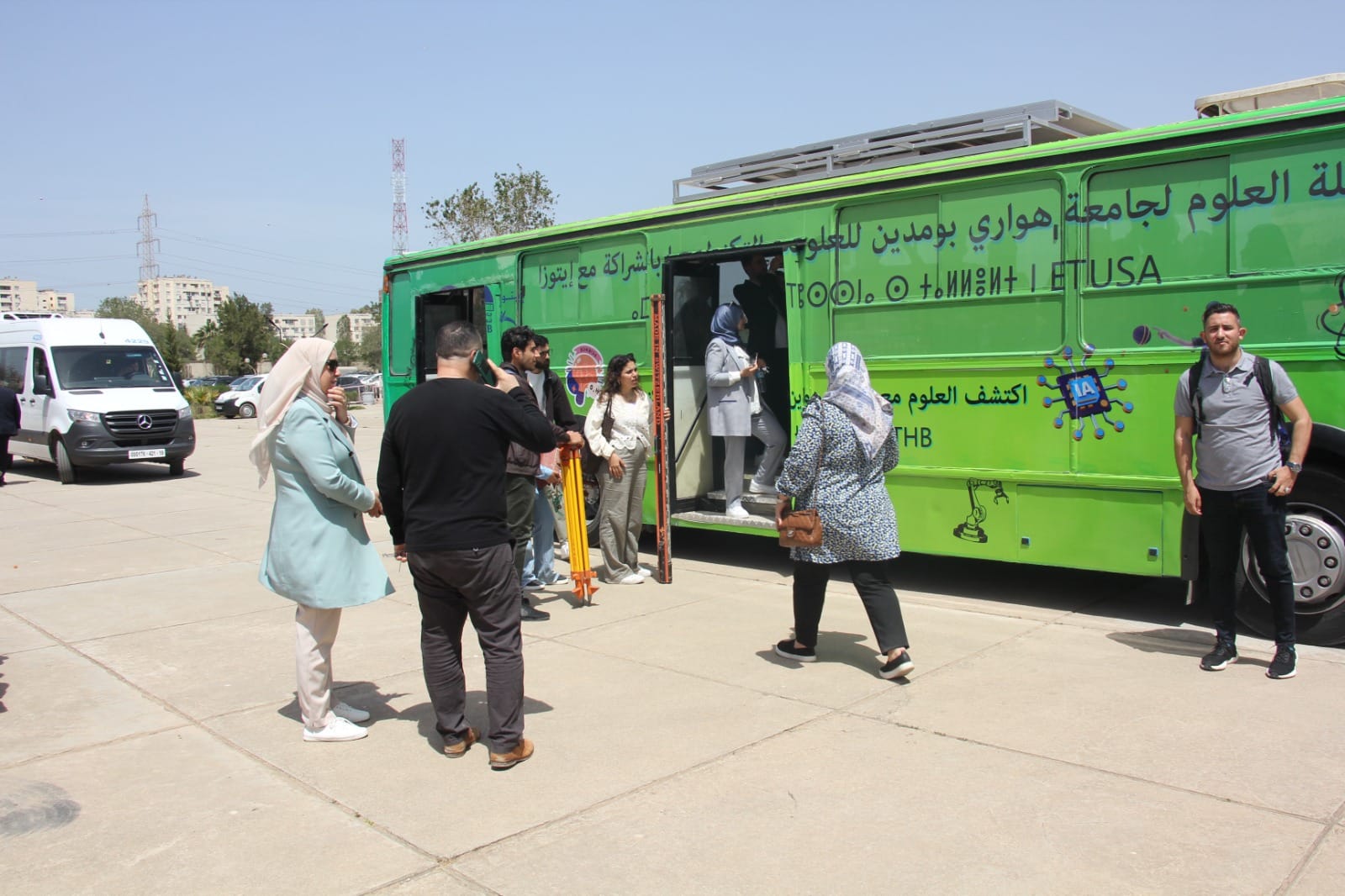facts
the Quebec City website It actually requires that only food scraps be placed in the purple bag, and the contents are designated for the Biomethanation Center of the Bloc of Quebec (CBAQ). There, our organic waste is put into “anaerobic digesters” where bacteria, in the absence of oxygen, convert it into methane, which is essentially a natural gas but not a fossil fuel. The solid part that comes out is used as fertilizer or compost.
“To know what’s in the purple bag, you just have to ask yourself the question: Is it edible or is it part of something that can be eaten?” the city says. Based on this criterion, it is clear that Kleenex, tissues, and paper towels should not be included.
But now, the same website also notes that in addition to the 86,600 tons of food waste per year, the QCB can also process 96,000 tons of “biosolids (…) coming from the water treatment plant.” Basically, this is the solid portion of wastewater, after the water itself has been removed and purified. However, toilet paper makes up a large portion of these “solids” – in between 30 And 40%It varies from one study to another.
This is not a problem in itself: Most Subordinate studies It has been shown that bacteria inhabit anaerobic digesters It turned out very well Toilet paper, which isn’t too surprising given that the main chemical components of paper — cellulose and lignin, which act almost like the “bricks” and “mortar” of wood, so to speak — are natural molecules that bacteria have broken down since the dawn of time. It looks like Lignin resists more To decompose in the absence of oxygen (as in digestive systems), but not enough to say that toilet paper does not “biomethanize” well.
So why should it be any different for facial tissues, tissues, and paper towels? Well, there’s no reason: They’re basically made of the same molecules as toilet paper, and they metabolize well in our digestive systems. This also applies to composting – the city of Calgary, for example, composts instead of producing biogas; Accept all these papers. (It should be noted here, however, that unlike large industrial compost piles, small household composts do not reach the temperatures necessary to kill pathogens. In these cases, it is probably best not to place them in wipes soiled with bodily fluids.)
Quebec City spokesman Jean-Pascal Lavoie assured me that the CBAQ is fully capable of processing napkins, tissues, etc. It is to simplify the message the city has chosen to adhere to that “what is eaten or is part of something that is eaten.”
He said, “The problem is that it caused confusion among users and opened the door to questions from citizens who wondered whether they could use wax paper, parchment, or aluminum.” (…) We preferred to avoid the risk of contaminating the inputs with waxed paper, matches and aluminum by allowing other types of paper such as paper napkins and kitchen towels.
This “confusion” was observed during the pilot project carried out in 2020, but Mr Lavoie was unable to provide data (for example, on the contents of the purple bags) that would prove it.
Judgment
The host was right: the bioprocessing plant is fully capable of processing napkins and wipes. For communication reasons, Quebec decided to ask its citizens to stick to “what is eaten or part of it.”

“Music guru. Incurable web practitioner. Thinker. Lifelong zombie junkie. Tv buff. Typical organizer. Evil beer scholar.”


:format(url)/cloudfront-us-east-1.images.arcpublishing.com/lescoopsdelinformation/MJJLV2ZZGRA7NOZ7RPP6N5DJFI.jpg)



:format(url)/cloudfront-us-east-1.images.arcpublishing.com/lescoopsdelinformation/FPDCMY32BFCXJHIP3C2TGGV34U.JPG)
More Stories
Le Rouge Vin is officially leaving the Hôtel Gouverneur
Train Your Legal Muscles | Journalism
Honda plants in Ontario: Was the project greener in Quebec?